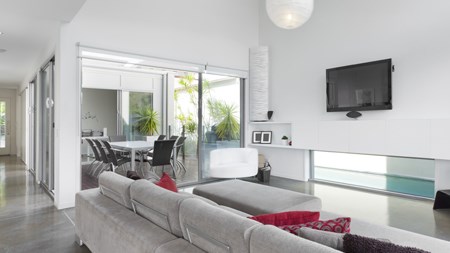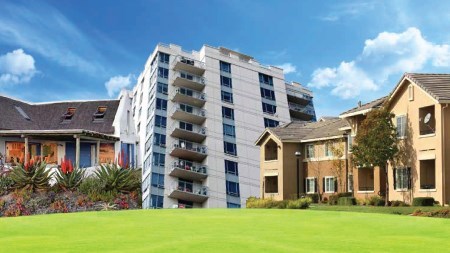The millennials are going back to the suburbs, and they are mostly buying pre-owned family homes with three bedrooms, two bathrooms and a garden.
These are the findings of the latest Home Buyers and Sellers Generational Trends report released by the National Association of Realtors – and they are good news for the many current owners of suburban properties who are keen to start downscaling and were beginning to fear that the earlier millennial preference for urban living would permanently diminish demand – and affect home prices – in their areas.
Shaun Rademeyer, CEO of SA’s biggest originator BetterBond, says the statistics show that as they get older, millennials (who are defined as buyers younger than 36) are increasingly moving from rented apartments and townhouses in urban settings to the suburbs.
“This is very likely because a huge majority are now married (66%) or in permanent relationships (13%, and almost half (49%) have children under the age of 18 living with them. In other words, it appears that they are seeking to raise their families in suburban rather than mid-city environments. And the NAR figures confirm this, showing that in the past year 57% of buyers under the age of 36 opted for suburban homes – and that the most popular type of home purchased (83%) was the single-family suburban home with three bedrooms and two bathrooms.”
It is unfortunate, he says, that no similar statistics are collected in SA, where at least 30% of the population fall into the millennial age group and urbanisation is taking place very fast. “However, we are seeing a similar pattern of home buying emerging here in the big metros, with young people who initially opt for rental accommodation in the city centres tending to opt for the suburbs when they start a family and decide to buy their first home.
“And BetterBond’s own statistics do show that these young buyers, who account for 34% of home sales in the US, also account for a very significant percentage of home sales in SA. The average purchase price for buyers aged 20 to 30 in SA currently falls into the R500 000 to R1m category, which attracts around 39% of all home loans granted. And the average purchase price for 30 to 40-year old buyers falls between R1m and R1,5m, a category that attracts a further 18% of home loan grants.”
Meanwhile, says Rademeyer, the NAR report also contains some interesting insights into what motivates millennials to buy a home, and the main factors likely to influence their choice of area. “The primary motivator for 50% of buyers under 36 is the simple ‘desire to have a home of my own’, while the quality of the area, convenience to work and affordability are the key considerations in the choice of location.”
The figures also show that young buyers in the US and SA have very similar problems when it comes to home finance: The need to obtain a home loan, the need to save a deposit, and debt that makes it difficult to save for a deposit. Almost all (98%) buyers under the age of 36 said their purchase was financed with a home loan, and 75% said the source of the deposit had been their savings. However, 46% reported having student loans and other large debts that made it difficult to save.
Recent BetterBond research, he notes, showed that it would take the average first-time buyer more than two years to save up the average deposit required to qualify for a home loan.




